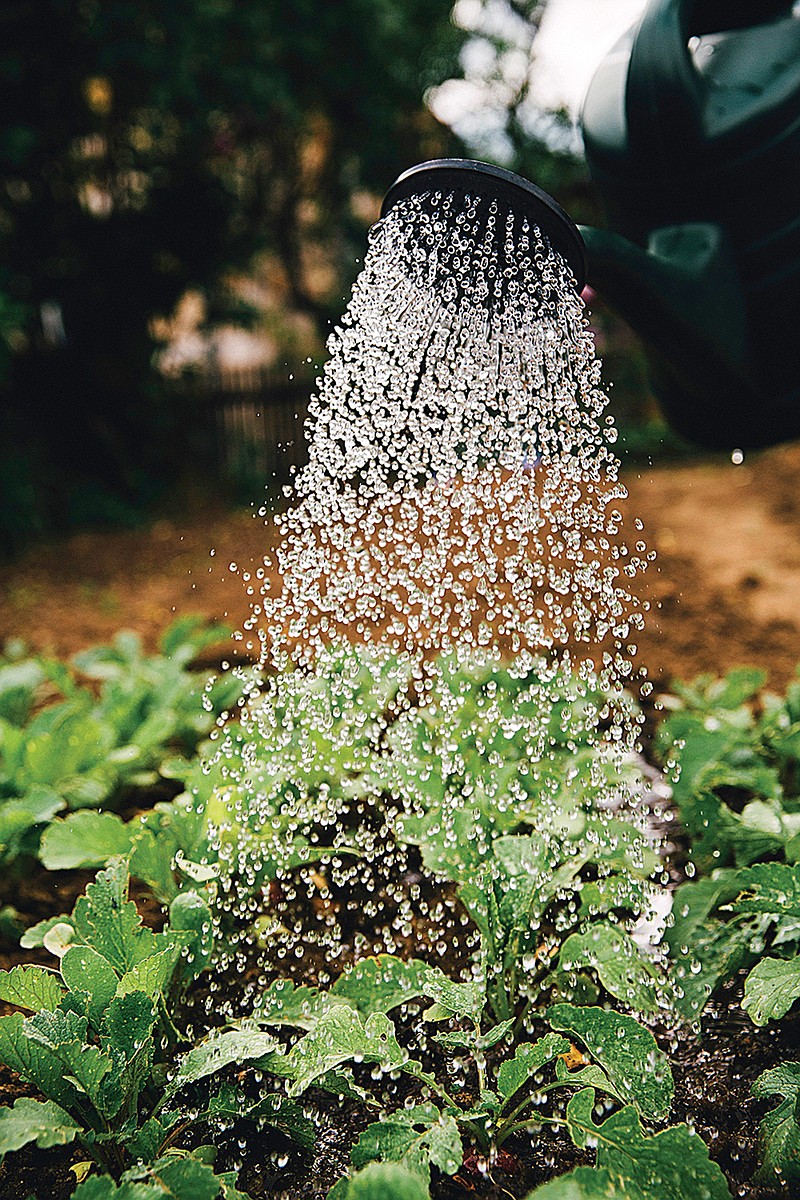ST. LOUIS - The clock is ticking.
If you want the freshest broccoli, kale, carrots and more this fall, the time to plant it is now. It might even taste better than the same veggies you plant in the spring.
I'll admit, this is news to me. I am not a gardener. I thought that people wrap up all of their gardening around this time of year, throw a padlock around their tomato plants, and don't plant a thing until next year.
But for several crops, planting a garden in late summer is the way to go, especially in St. Louis' gardening zone.
According to Justin H. Keay, a local specialist with the University of Missouri Extension, there are even some advantages to planting at this time of year.
Certain crops - carrots, broccoli and a few varieties of lettuce - are actually sweeter and better-tasting when grown in late summer, Keay said.
When you plant vegetables in the spring, they benefit from the temperate days and nights, but only at first. The more the temperature starts to heat up, the more stress is put on the plants, Keay said.
But planting now can be beneficial in some respects. Although the plants are stressed at the beginning of the cycle, they typically spend more time enjoying the cooler days and nights - temperatures similar to those experienced in the Central Valley of California, the most fertile area in the country.
Plants and gardeners also benefit from the soil, which is much warmer now than it is in the spring. In the spring, the soil temperature is around 50 degrees, but now it is closer to 80.
The warmer soil temperature helps the seeds germinate quicker, and sometimes much quicker.
According to a particularly helpful video put out by the extension service, lettuce, which typically takes seven days to germinate in the spring, only takes a little more than two days now. Beets, which take 17 days to germinate in the spring, only require five days now.
Not only does that mean less time between planting and harvesting, but there is an even better benefit as well: Gardeners will be able to tell much more quickly the difference between their crop and the weeds they want to remove.
In addition, the cooler temperatures bring with them fewer insects to devour all of your spinach, or whatever.
Even so, planting in the late summer does bring with it some problems. Chief among these is the fact that summertime gardeners do not get the benefit of spring rains. So gardeners must make certain to keep their vegetables well watered.
And, obviously, it can get cold in the fall. Keay said that a floating row cover - a gauzelike, lightweight fabric - is affordable for home gardeners and can keep crops 10 degrees warmer than the outside temperature, if required. It also keeps away pests.
Of course, as the Rolling Stones almost put it, you can't always plant what you want. Tomatoes, for instance, are not going to grow at this time of year no matter what you do, and neither will asparagus or, say, eggplant.
But if you try sometimes, you might find you can plant what you need. The extension service has a calendar (at extension2.missouri.edu) that lists the best dates in this region for planting many varieties.
The Brassica family (kale, broccoli, cauliflower, brussels sprouts, cabbage, turnips and radishes) grows well if planted at this time of year, and so does the Amaranth family (spinach, swiss chard, beets), some members of the Aster family (certain types of lettuce) and other plants such as carrots and sweet corn.
Thanksgiving dinner is looking better and better.
A weekly University of Missouri Extension Horticulture Town Hall is available at ipm.missouri.edu/townhalls.

